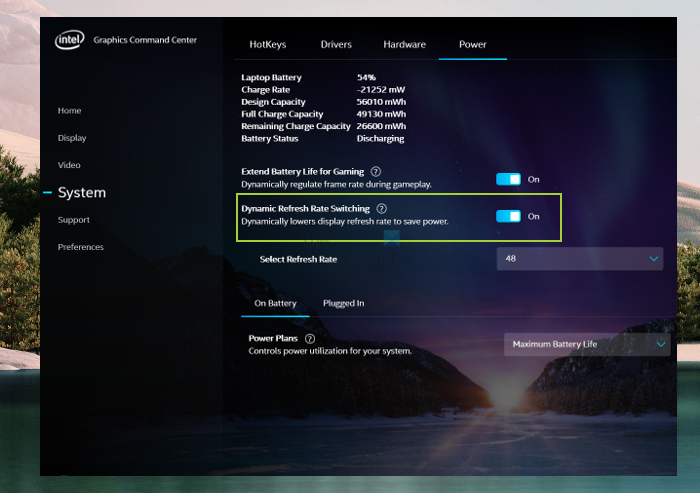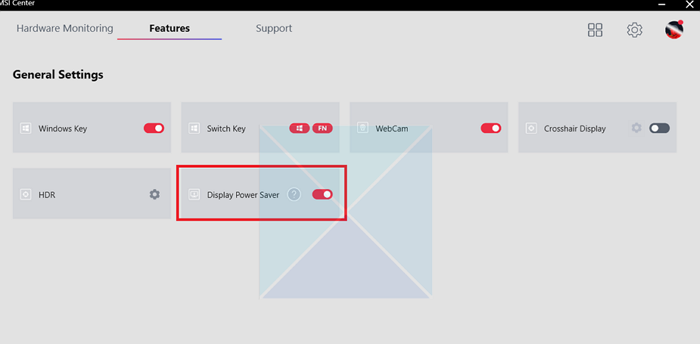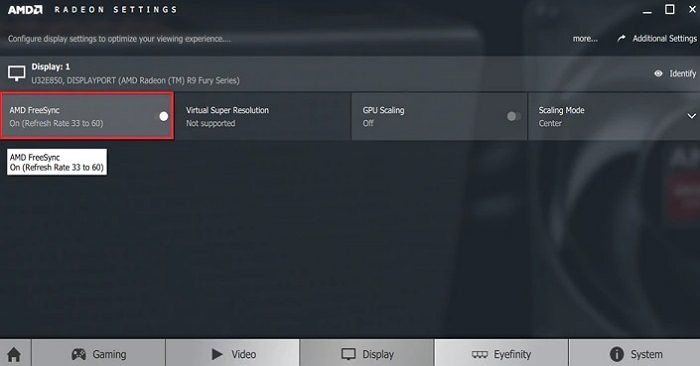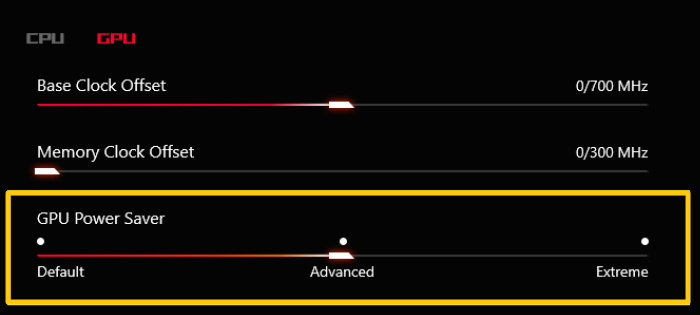While you are charging your laptop and after unplugging the charger, do you experience the refresh rate changing automatically? Let’s say it might change from 144 Hz to 60 Hz. So how do you keep the display 144 Hz all time? In this post, we will check out solutions that can help you keep the resolution in the same state even if you unplug the charger.

Refresh Rate changes automatically when unplugging the Charger
If you are wondering if the laptop has a problem, it’s not. This feature is by design which reduces the refresh rate so the overall battery consumption can be controlled. Since the display consumes most of the battery, reducing the refresh rate is much better than reducing the brightness.
Below are five methods to solve the issue of the refresh rate automatically changing when unplugging the charger of your PC.
- Disable Dynamic Refresh Rate from Intel Graphic Command Panel
- Change Display Power Setting in MSI Center
- Disable Power Saving in Intel HD Graphics Panel
- Disable AMD Freesync (Variable-Refresh-Rate) On Display Settings
- Use Armoury Crate and Disable Panel Power Saver
Some of these suggestions will work only if you have the respective hardware, as the settings will change for every hardware. It is also possible that you would need an administrator account to manage these.
1] Disable Dynamic Refresh Rate from Intel Graphic Command Center
You can disable Dynamic Refresh Rate in the Intel Graphics Command Center if you run an Intel-based PC. It only works when the laptop is unplugged. Follow these steps:
- Go to the Windows Start menu, type Intel Graphics Command Center, and double-click on it.
- In the Intel Graphics Command Center window, click on System on the left pane.

- Set Dynamic Refresh Rate Switching to Off.
Unplug, replug, and check the refresh rate holds.
2] Change Display Power Setting in MSI Center
The following method you can do is to change the MSI center’s display power setting.

- Open the MSI Center application.
- Go to the General settings tab and uncheck the Display Power Saver option.
- Save the changes.
The refresh rate will not change anymore and will stay steady at whatever you choose. However, if it cannot keep the changes, we suggest reinstalling the software and changing the settings.
3] Disable Power Saving in Intel HD Graphics Panel
If you are using a silly older version of Intel, you will have Intel HD Graphics Panel instead of Intel Graphic Command Center. You can change the power saving settings, and it will ensure the refresh rate doesn’t change.
- Launch the Intel HD graphics software from the Start Menu application list.
- Click on the Power option in the Intel HD Graphics window.
- Click on the On Battery option from the left pane in the next window.
- Under Display Power Saving Technology, click on Disable to disable it and click on the Apply button.
If it doesn’t show up instantly, restart your PC once to check.
4] Disable AMD Freesync (Variable-Refresh-Rate) On Display Settings
If you have AMD-based hardware, you must change the variable refresh rate in the AMD Freesync software. Ensure the most recent driver has been installed on the graphics device first. Done that, check whether FreeSync is enabled in the driver after installing the display driver. This is how you go about it:
- Search for Radeon Settings on the Windows Start menu and click on it.
- Click on the Display button on the Radeon Settings window.
- If the AMD FreeSync button is enabled, toggle it off to disable it.

Having done that, the refresh rate won’t change any more.
Related: Can’t change Monitor Refresh Rate
5] Use Armoury Crate and Disable Panel Power Saver
The following method you can use is disabling the Panel Power Saver in the Armoury Crate. This is how you go about it:
- Open Armoury Crate and go to the Home tab.
- Select Devices on the right side, and click on GPU Power Saving
- Switch to Manual Mode and set the power mode to the minimum. Locate the GPU Power Saver with a slider that can be set to Default, Advanced, or Extreme.

- Save the changes, and it will ensure the refresh rate doesn’t change. When you plug it out as the laptop is still running on maximum GPU power.
Conclusion
So, these are the five methods you can use to fix the refresh rate automatically changing when unplugging the charger issue. You can set the refresh rate by using any of these methods, and the display will stay stable while you unplug the charger after finishing charging. However, you should know that it can impact your battery performance by a significant margin. Running the monitor at 144 HZ means the laptop requires more constant power. So make your choice wisely.
What is Dynamic Refresh Rate?
Dynamic refresh rate allows a display’s refresh rate to change automatically depending on the content being shown on the screen. So if you are playing a game where the content changes often, you need a dynamic refresh rate to match. Dynamic refresh rate is better than fixed because it allows the display to use a higher refresh rate when displaying fast-moving content, making the image appear smoother and more fluid. On the other hand, it also helps to reduce power consumption as it will lower the refresh rate when required, i.e., when displaying static content.
Is a 60Hz or 144Hz monitor better?
When choosing a monitor, you need to choose based on your requirements. If you all need to work with documents and browsers, a 60HZ monitor is more than enough, as you will not have fast-moving content. However, if you are into games, a 144 HZ monitor will ensure fast-moving content appears smoother and more fluid. That said, a 144Hz monitor may be more expensive than a 60Hz monitor, so cost could also be a factor in the decision. Ultimately, the best choice will depend on the individual’s specific needs and preferences.